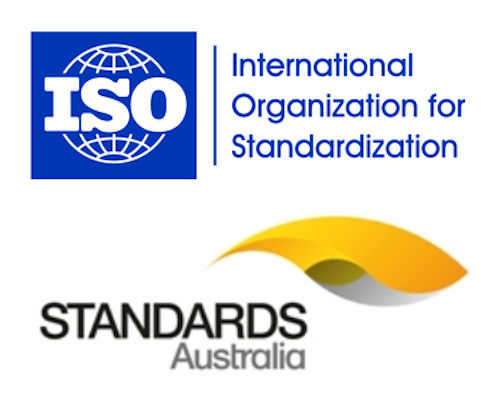25 July 2013
A remote South Australian geothermal project by Geodynamics, Marcus Priest from the Australian Financial Review and Hydro Tasmania all have one thing in common: they were crowned winners of the 2013 Clean Energy Council Awards last night.
Hosted by the Clean Energy Council as part of Clean Energy Week – Australia's largest industry-run event.
Read more
Blog
by Giles Parkinson
Solar and wind energy could replace all fossil fuels in Australia by 2040 if their recent rate of deployment is maintained and slightly increased over the next 27 years – delivering the country with a 100% renewable electricity grid “by default” as early as 2040.
The stunning conclusions come from research from Andrew Blakers,.
Read more
By Samantha Hepburn, Deakin University
While Australia aims to produce a fifth of its energy from renewable sources by 2020, non-renewable energy is still flourishing. But non-renewable energy sources such as coal and gas have a significant advantage over wind and solar energy: they can be owned. So, what do property rights have to do.
By Jenny Riesz and Roger Dargaville, University of Melbourne
Australia’s carbon pricing mechanism has been vilified by the Federal Opposition and certain members of the business community, but it is a key part of Australia’s response to climate change. So one year on, where does it stand?
Far from being “absolutely catastrophic” and.
June 2013 — The International Energy Agency and others say energy efficiency could be a big winner in combatting climate change – but Australian policy-makers aren't taking full advantage of the potential opportunities, writes Alan Pears.
THE Australian Energy Market Operator (AEMO) was instructed by the government (under pressure from the Greens) to prepare a comprehensive 100 per cent renewable scenario for.
Read more
By Tim Greiner
Published 27 June 2013
For many companies, the vast majority of their impacts, risks and costs lie in the supply chain.
As a result, that’s where we can achieve the greatest improvements in sustainability and resiliency. With tools such as supplier scorecards, which can shine a light far back into the supply chain, companies.
Read more
By Mark Weick and Sissel Waage
Published June 28, 2013
Corporate accounting may not sound like a domain that intersects neatly with environmental metrics. While this disjuncture has been historically true, it may be undergoing a 180-degree change.
The Dow Chemical Co. and other corporate decision-makers are looking at environmental metrics as important for incorporating into.
Read more
Chief Financial Officers (CFOs) aren’t interested in sustainability just because of its potential as a cost-cutting tool. A respectable fraction of global CFOs surveyed also see a strong link between sustainability performance and financial performance according to a report by Deloitte University Press.
Short extract:
"The implications for CFOs themselves are clear: According to the survey, CFO.
Read more
 The Environment Institute of Australia and New Zealand (EIANZ) has released a new position paper on Social Aspects of Sustainability
The six page position paper has been developed by the EIANZ Standing Committee for Policy and Practice in consultation with EIANZ members and with the assistance of Richard Hoy (Committee.
The Environment Institute of Australia and New Zealand (EIANZ) has released a new position paper on Social Aspects of Sustainability
The six page position paper has been developed by the EIANZ Standing Committee for Policy and Practice in consultation with EIANZ members and with the assistance of Richard Hoy (Committee.
 Friday, 7 June 2013
Standards Australia has completed work on the first Australian Standard dealing explicitly with the management of risks associated with climate change for communities and infrastructure.
“This voluntary standard is about appropriate risk management for climate change,” said Colin Blair, Chief Executive Officer,.
Friday, 7 June 2013
Standards Australia has completed work on the first Australian Standard dealing explicitly with the management of risks associated with climate change for communities and infrastructure.
“This voluntary standard is about appropriate risk management for climate change,” said Colin Blair, Chief Executive Officer,.
